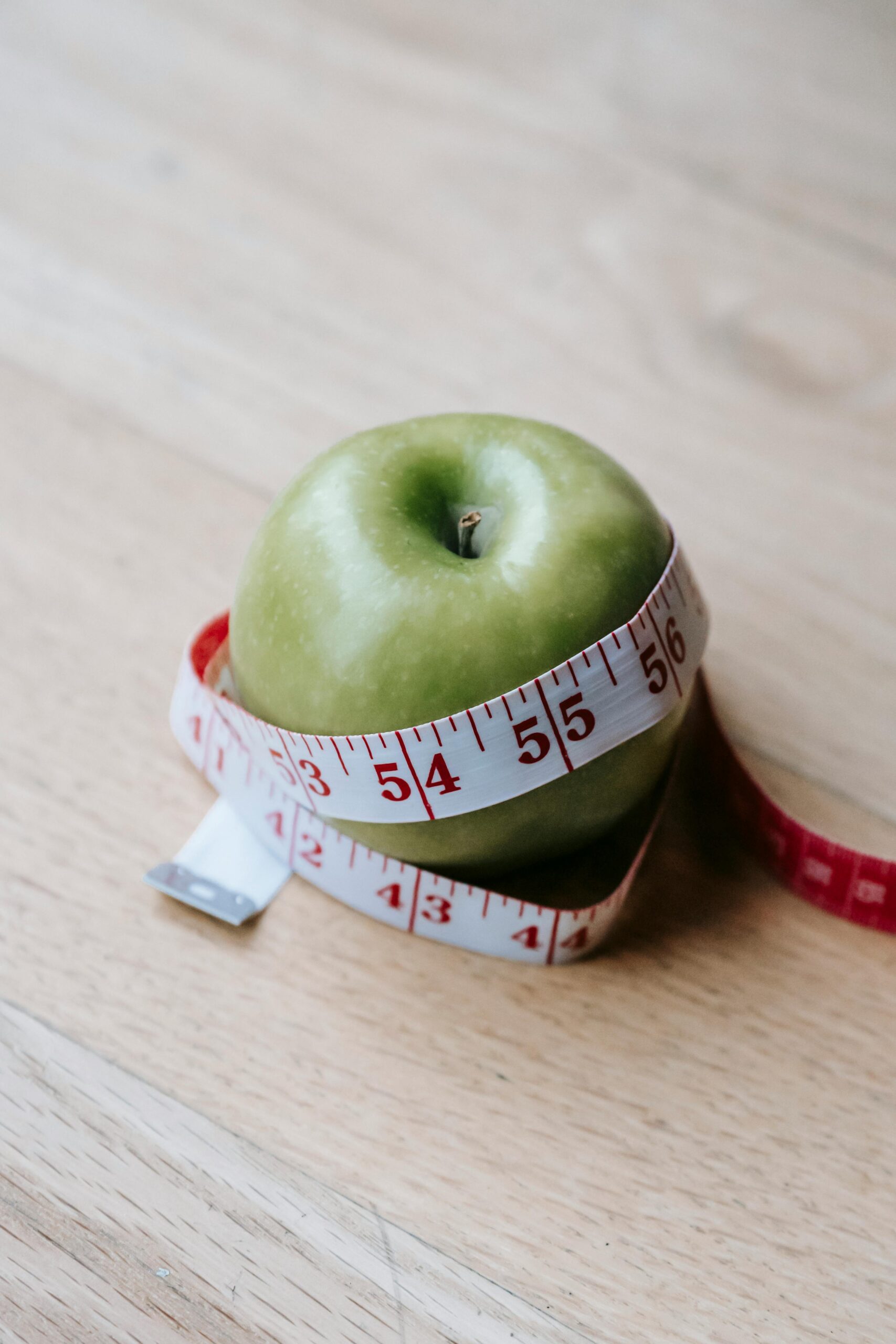Weight loss is a common goal for many people, and understanding how many calories you should eat per day is a key part of achieving it. While there’s no one-size-fits-all answer, there are general guidelines and personalized factors to consider when determining your daily caloric intake for weight loss.
Understanding Calories and Weight Loss
Calories are units of energy that your body uses to function. To lose weight, you need to create a calorie deficit, which means consuming fewer calories than your body burns. This forces your body to use stored fat for energy, leading to weight loss.
General Guidelines
A common guideline for weight loss is to reduce your daily caloric intake by 500 to 1,000 calories. This typically results in a weight loss of about 1 to 2 pounds per week, which is considered a healthy and sustainable rate.
Example:
- If your maintenance calorie level (the number of calories you need to maintain your current weight) is 2,500 calories per day, you would aim to consume between 1,500 and 2,000 calories per day to lose weight.
Calculating Your Caloric Needs
Your daily caloric needs depend on several factors, including your age, sex, weight, height, and activity level. Here’s a step-by-step guide to calculate your caloric needs:
1. Basal Metabolic Rate (BMR)
Your BMR is the number of calories your body needs to maintain basic physiological functions at rest, such as breathing and maintaining body temperature. You can use the Harris-Benedict equation to estimate your BMR:
For women: BMR=655+(9.6×weight in kg)+(1.8×height in cm)−(4.7×age in years)BMR = 655 + (9.6 \times \text{weight in kg}) + (1.8 \times \text{height in cm}) – (4.7 \times \text{age in years})BMR=655+(9.6×weight in kg)+(1.8×height in cm)−(4.7×age in years)
For men: BMR=66+(13.7×weight in kg)+(5×height in cm)−(6.8×age in years)BMR = 66 + (13.7 \times \text{weight in kg}) + (5 \times \text{height in cm}) – (6.8 \times \text{age in years})BMR=66+(13.7×weight in kg)+(5×height in cm)−(6.8×age in years)
Example:
- A 30-year-old woman who weighs 70 kg and is 165 cm tall would have a BMR of approximately 1,482 calories per day.
2. Total Daily Energy Expenditure (TDEE)
Your TDEE is the total number of calories you burn in a day, taking into account your activity level. Multiply your BMR by the appropriate activity factor:
- Sedentary (little or no exercise): BMR ×1.2\times 1.2×1.2
- Lightly active (light exercise/sports 1-3 days/week): BMR (\
times 1.375)
- Moderately active (moderate exercise/sports 3-5 days/week): BMR ×1.55\times 1.55×1.55
- Very active (hard exercise/sports 6-7 days a week): BMR ×1.725\times 1.725×1.725
- Super active (very hard exercise/sports & physical job): BMR ×1.9\times 1.9×1.9
Example:
- If our example woman is moderately active, her TDEE would be: 1,482×1.55=2,297 calories per day1,482 \times 1.55 = 2,297 \text{ calories per day}1,482×1.55=2,297 calories per day
3. Creating a Calorie Deficit
To lose weight, you need to consume fewer calories than your TDEE. A safe and sustainable rate of weight loss is about 1 to 2 pounds per week, which requires a calorie deficit of 500 to 1,000 calories per day.
Example:
- For our example woman, to lose weight at a rate of 1 pound per week, she should aim to consume approximately 1,797 calories per day (2,297 – 500 = 1,797).
Personalization and Flexibility
While these calculations provide a general guideline, individual needs can vary. Factors such as metabolic rate, muscle mass, and hormonal balance can affect how your body responds to calorie intake. It’s important to listen to your body and adjust your calorie intake based on your progress and how you feel.
Example:
- If you’re not losing weight as expected, you may need to reassess your caloric intake or increase your physical activity. Conversely, if you’re losing weight too quickly or feeling fatigued, you might need to consume more calories.
Importance of Nutrient-Dense Foods
While focusing on calorie intake is crucial, the quality of your calories matters too. Nutrient-dense foods provide essential vitamins, minerals, and other nutrients that support overall health and help you feel full and satisfied.
Examples:
- Fruits and Vegetables: Low in calories and high in fiber, vitamins, and minerals.
- Lean Proteins: Such as chicken, fish, beans, and tofu, which support muscle maintenance and repair.
- Whole Grains: Like quinoa, brown rice, and oats, which provide sustained energy and fiber.
- Healthy Fats: Such as avocados, nuts, seeds, and olive oil, which are essential for various bodily functions.
Monitoring and Adjusting
Regularly monitoring your progress and adjusting your plan is key to successful weight loss. Use tools like food diaries, apps, or consultations with a dietitian to track your intake and make necessary changes.
Example:
- Keeping a food journal can help you identify patterns, such as overeating during certain times of the day, and make adjustments to your eating habits.
Conclusion
Determining how many calories you should eat per day to lose weight involves understanding your body’s needs and creating a balanced, sustainable plan. By calculating your BMR and TDEE, setting a realistic calorie deficit, focusing on nutrient-dense foods, and regularly monitoring your progress, you can achieve your weight loss goals in a healthy way. Remember, weight loss is a journey, and being patient and consistent will lead to long-term success.

